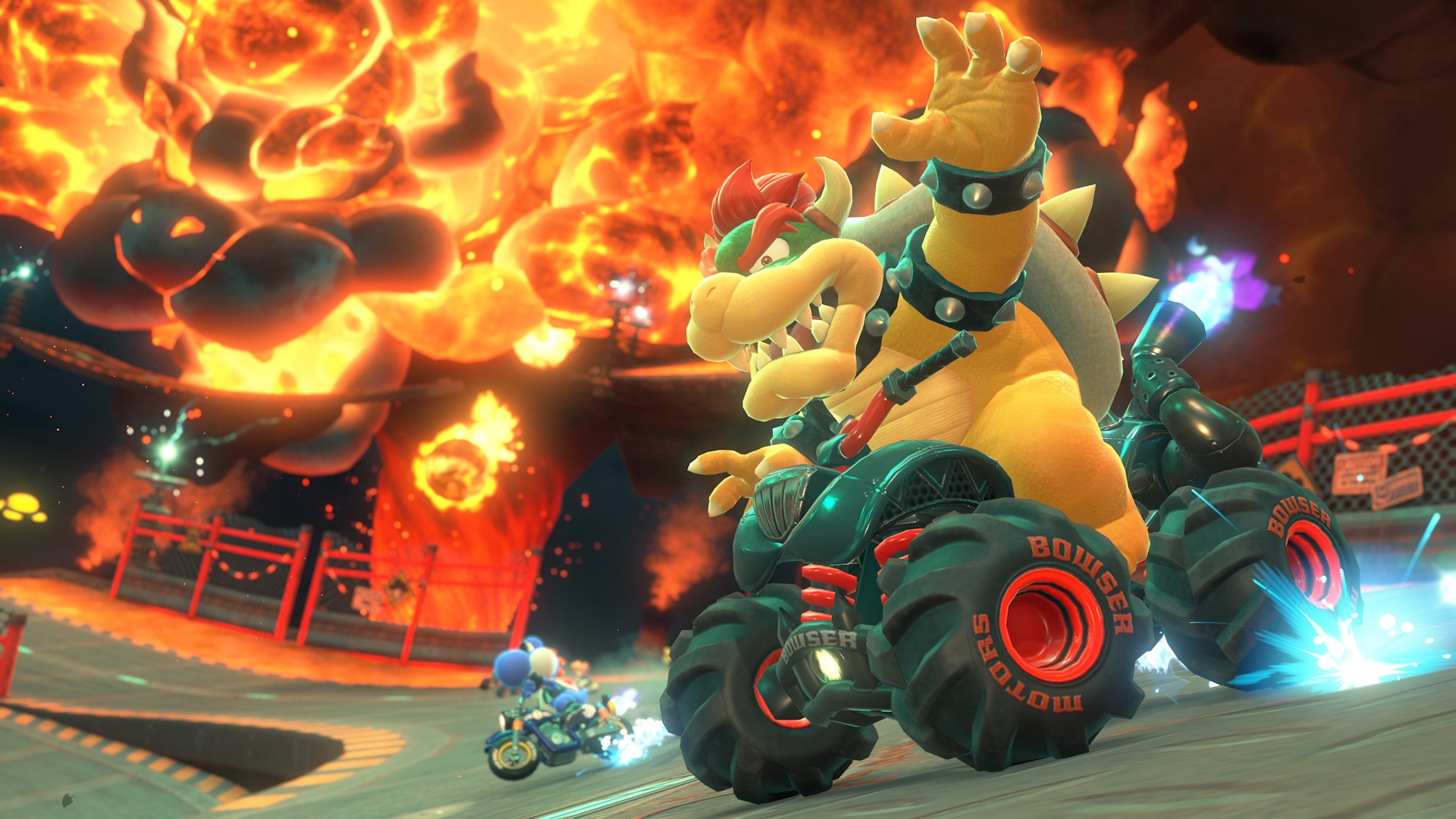An in-depth look at Mario Kart World’s item distribution mechanics has revealed significant differences from previous titles like Mario Kart 8 Deluxe and Mario Kart Wii.
The investigative work, led by prominent competitive Mario Kart player Wadsm, delivers valuable insight for dedicated fans and competitive racers eager to understand the nuances behind item drops on the Nintendo Switch. Background: Mario Kart World, Nintendo's latest entry in the long-running racing franchise, continues to captivate both casual and expert players.
With sales surging on the Nintendo Switch and frequent updates via the eShop, the game’s core mechanics remain a point of interest for the expansive Mario Kart community.
Item distribution, in particular, often sparks debate due to its profound impact on race outcomes and competitive play. Wadsm’s detailed analysis—derived from hours of reviewed gameplay—confirms that Mario Kart World utilizes a position-based system to distribute items.
This model, used in series titles up through Mario Kart Wii, allocates items to players based on their standing in the race.
In contrast, later entries such as Mario Kart 8 Deluxe and Mario Kart 7 implement a distance-based system, where the selection of items is determined by how far a player is from first place.
This key distinction influences the types and power of items racers receive throughout each match. According to Wadsm, Mario Kart World appears to offer more potent items to players in higher positions than previous position-based systems allowed.
For example, a player holding fifth place in Mario Kart World can receive items as advantageous as those available to someone in tenth place in Mario Kart Wii.
Notably, it is now possible for those in second place to obtain mushrooms—a rarity in Mario Kart 8 Deluxe—and for players in fourth place to collect Triple Mushrooms or even Golden Mushrooms in tenth place.
With the roster of racers in Mario Kart World being twice that of Mario Kart Wii, these changes further diversify the gameplay experience. The analysis also highlights variability in item frequency.
Certain items, such as the Hammer, are more commonly acquired, whereas others, like the Star, Coin Block, and Ice Flower, remain scarce.
Additionally, item pools are dynamic across different race modes.
For example, some items are withheld from the distribution pool during the first 20 to 30 seconds of a race.
In the Knockout Tour, the selection of available items adapts in response to players being eliminated, with further adjustments made when the racer count drops to between four and eight. These findings offer deeper understanding into how Mario Kart World stands apart from its predecessors and demonstrate Nintendo’s continued innovation within the Mario Kart franchise.
As the competitive community evolves and the game’s mechanics become even more transparent, players seeking an edge will need to stay informed on item distribution trends to optimize their strategies on the track.
The investigative work, led by prominent competitive Mario Kart player Wadsm, delivers valuable insight for dedicated fans and competitive racers eager to understand the nuances behind item drops on the Nintendo Switch. Background: Mario Kart World, Nintendo's latest entry in the long-running racing franchise, continues to captivate both casual and expert players.
With sales surging on the Nintendo Switch and frequent updates via the eShop, the game’s core mechanics remain a point of interest for the expansive Mario Kart community.
Item distribution, in particular, often sparks debate due to its profound impact on race outcomes and competitive play. Wadsm’s detailed analysis—derived from hours of reviewed gameplay—confirms that Mario Kart World utilizes a position-based system to distribute items.
This model, used in series titles up through Mario Kart Wii, allocates items to players based on their standing in the race.
In contrast, later entries such as Mario Kart 8 Deluxe and Mario Kart 7 implement a distance-based system, where the selection of items is determined by how far a player is from first place.
This key distinction influences the types and power of items racers receive throughout each match. According to Wadsm, Mario Kart World appears to offer more potent items to players in higher positions than previous position-based systems allowed.
For example, a player holding fifth place in Mario Kart World can receive items as advantageous as those available to someone in tenth place in Mario Kart Wii.
Notably, it is now possible for those in second place to obtain mushrooms—a rarity in Mario Kart 8 Deluxe—and for players in fourth place to collect Triple Mushrooms or even Golden Mushrooms in tenth place.
With the roster of racers in Mario Kart World being twice that of Mario Kart Wii, these changes further diversify the gameplay experience. The analysis also highlights variability in item frequency.
Certain items, such as the Hammer, are more commonly acquired, whereas others, like the Star, Coin Block, and Ice Flower, remain scarce.
Additionally, item pools are dynamic across different race modes.
For example, some items are withheld from the distribution pool during the first 20 to 30 seconds of a race.
In the Knockout Tour, the selection of available items adapts in response to players being eliminated, with further adjustments made when the racer count drops to between four and eight. These findings offer deeper understanding into how Mario Kart World stands apart from its predecessors and demonstrate Nintendo’s continued innovation within the Mario Kart franchise.
As the competitive community evolves and the game’s mechanics become even more transparent, players seeking an edge will need to stay informed on item distribution trends to optimize their strategies on the track.






